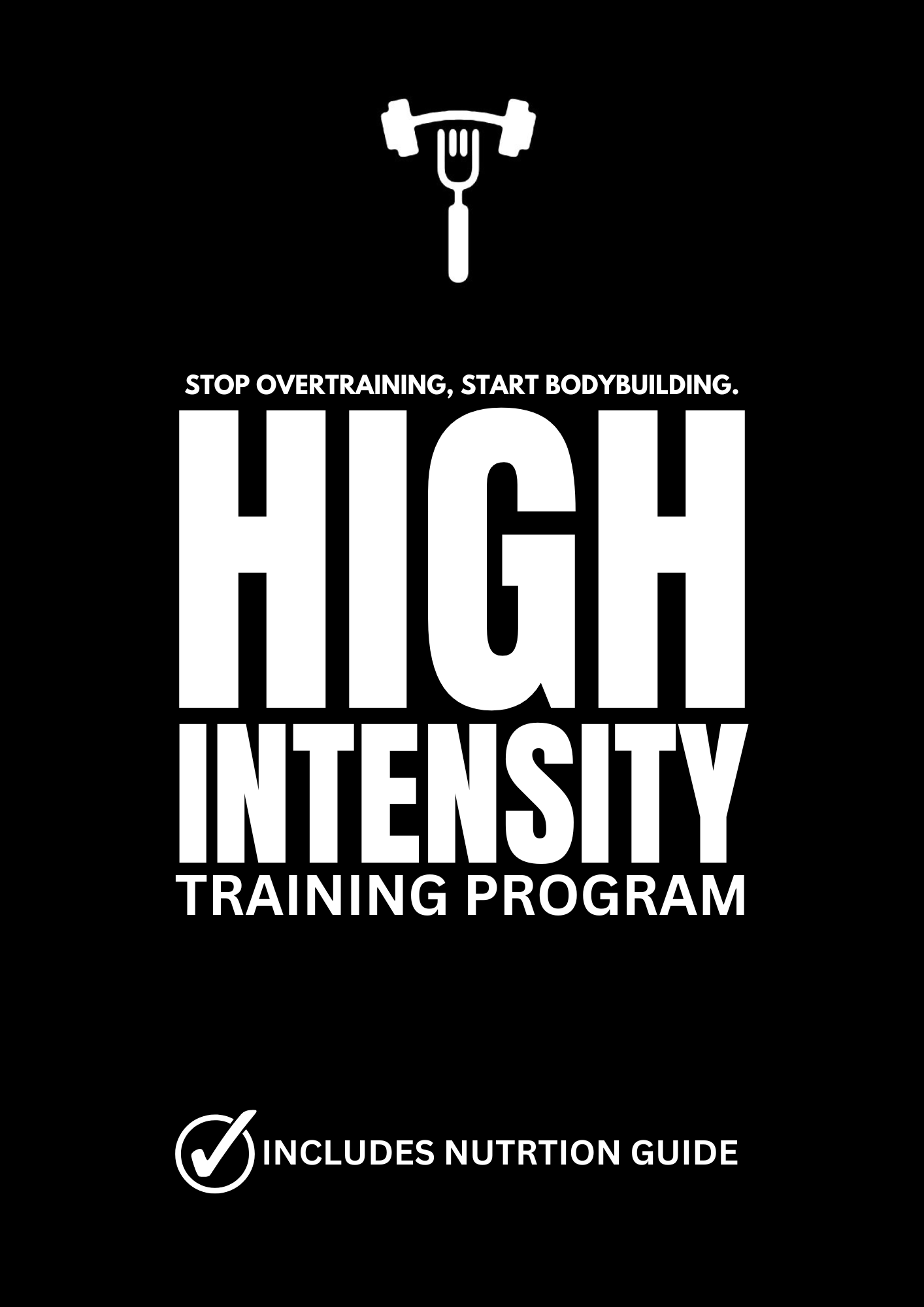Can You Build Muscle with One Set?

In the pursuit of bodybuilding, the debate over the optimal number of sets in a workout regimen has long been contested. However, one training method has risen to prominence for its efficiency and effectiveness: the high-intensity, one set to failure approach. This article delves into the science behind this training system, exploring its benefits, the underlying principles, and its application to maximize muscle gain.
Understanding One Set to Failure:
At its core, one set to failure involves performing a single set of an exercise until the muscles reach the point of momentary failure, where no further repetitions can be completed with proper form. This method aims to maximize intensity within a condensed timeframe, ensuring muscles are thoroughly stimulated for growth and adaptation.
Benefits of One Set to Failure:
The one set to failure approach offers several notable advantages:
1. Time Efficiency: With only one set required per exercise, this method offers a streamlined alternative to traditional multi-set routines. Achieving comparable results in less time appeals to individuals with busy schedules or those seeking efficient workout solutions.
2. Strength and Muscle Gain: By pushing muscles to their limits, one set to failure triggers adaptations that lead to increased strength and muscle mass. Scientific evidence supports its efficacy in promoting muscle hypertrophy and enhancing overall strength.
3. Safety: Contrary to concerns about overtraining or injury, performing one set to failure, when executed with proper form and controlled intensity, can be a safe and sustainable training strategy. Focusing on precise execution minimizes the risk of injury associated with fatigue-induced form breakdown.
The Science Behind One Set to Failure:
Scientific research validates the effectiveness of one set to failure training in promoting muscle growth and strength gains. Studies consistently demonstrate that:
- Working to muscle failure in a single set elicits superior strength and muscle mass gains compared to stopping short of failure.
- Additional sets beyond the first do not provide significant added benefits in terms of muscle growth or strength development.
This evidence underscores the potency of maximal effort within a single set, highlighting the importance of intensity over volume in stimulating muscle adaptation.
Best Exercises for One Set to Failure:
Compound exercises, which engage multiple muscle groups simultaneously, are particularly well-suited for one set to failure training. Examples include squats, deadlifts, bench presses, and pull-ups. These exercises allow for the efficient targeting of large muscle groups, facilitating greater overload and muscle stimulation.

